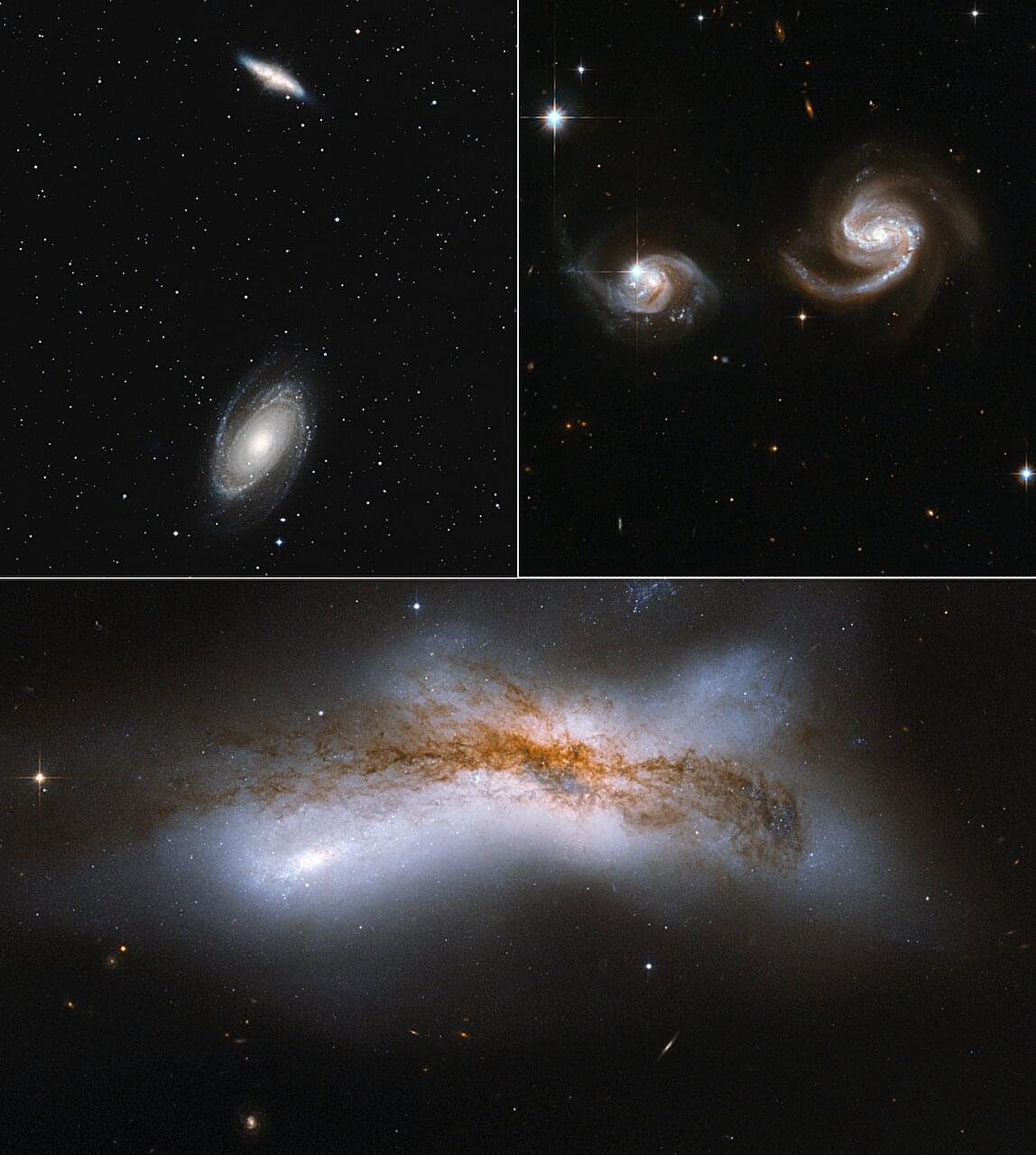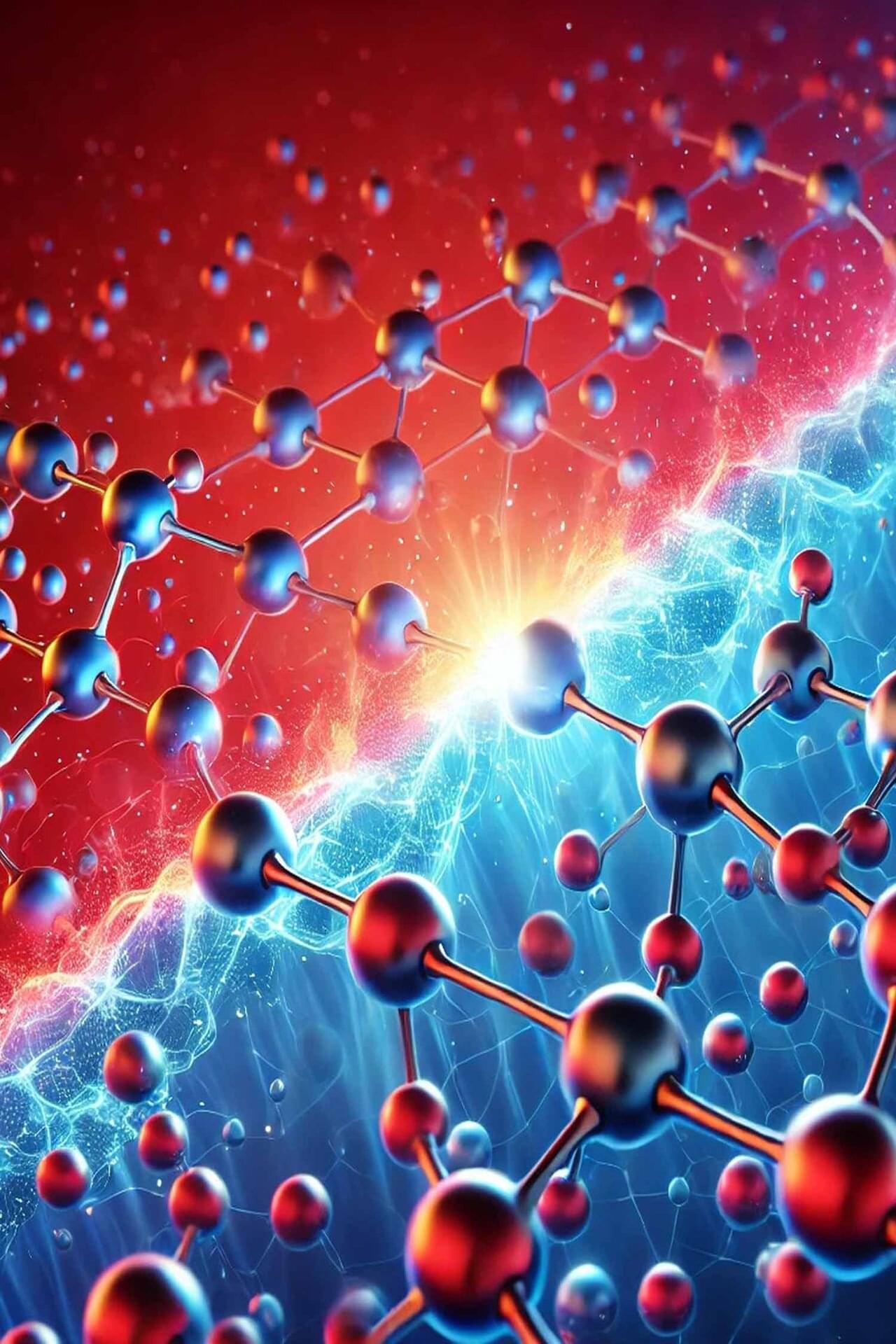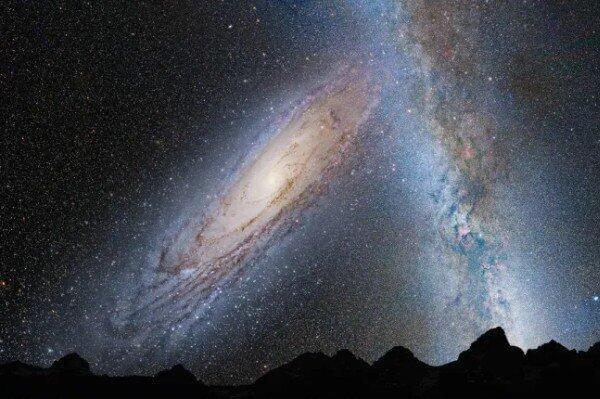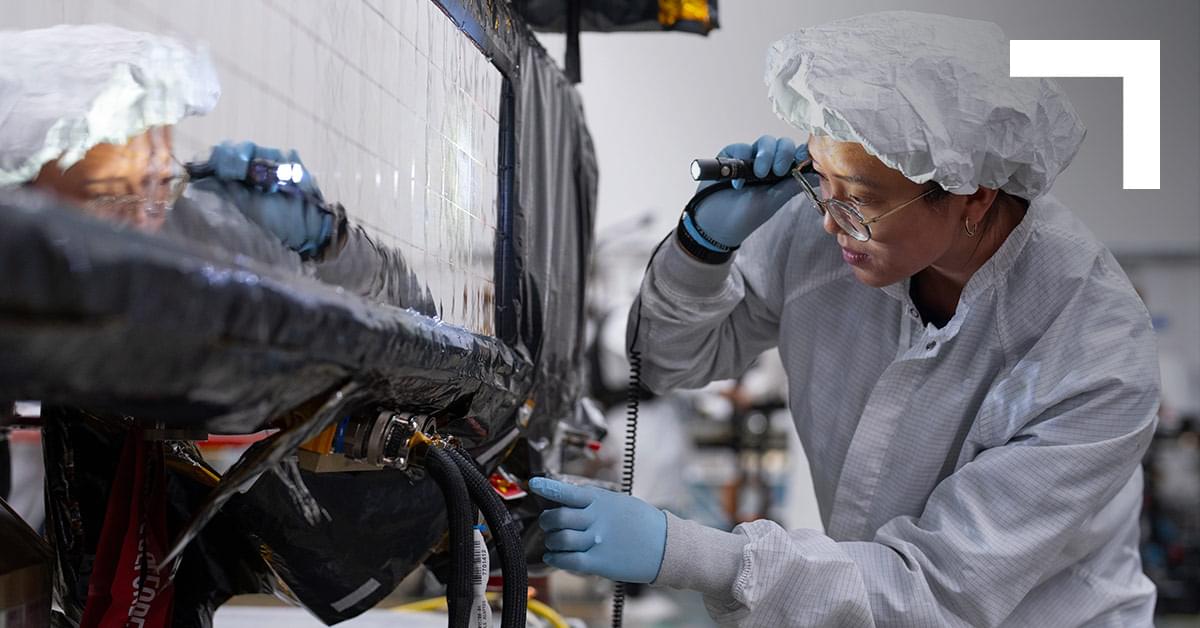NASA’s Perseverance Mars rover is exploring a new region of interest the team is calling “Krokodillen” that may contain some of the oldest rocks on Mars. The area has been on the Perseverance science team’s wish list because it marks an important boundary between the oldest rocks of Jezero Crater’s rim and those of the plains beyond the crater.
“The last five months have been a geologic whirlwind,” said Ken Farley, deputy project scientist for Perseverance from Caltech in Pasadena. “As successful as our exploration of ‘Witch Hazel Hill’ has been, our investigation of Krokodillen promises to be just as compelling.”
Named by Perseverance mission scientists after a mountain ridge on the island of Prins Karls Forland, Norway, Krokodillen (which means “the crocodile” in Norwegian) is a 73-acre (about 30-hectare) plateau of rocky outcrops located downslope to the west and south of Witch Hazel Hill.









